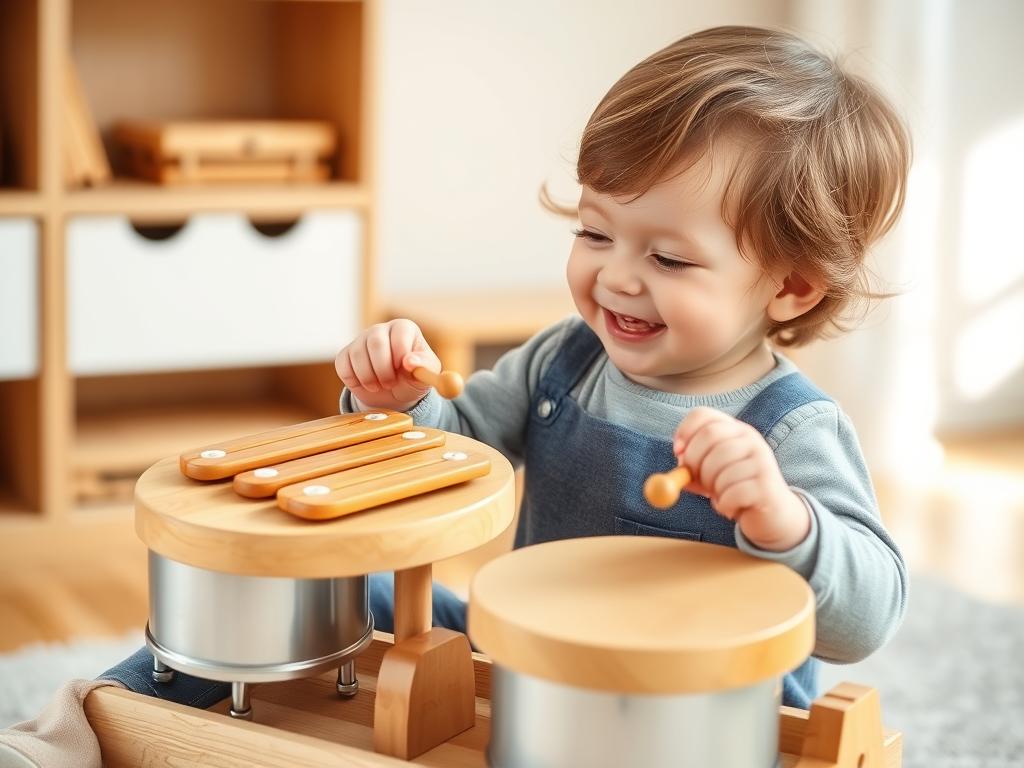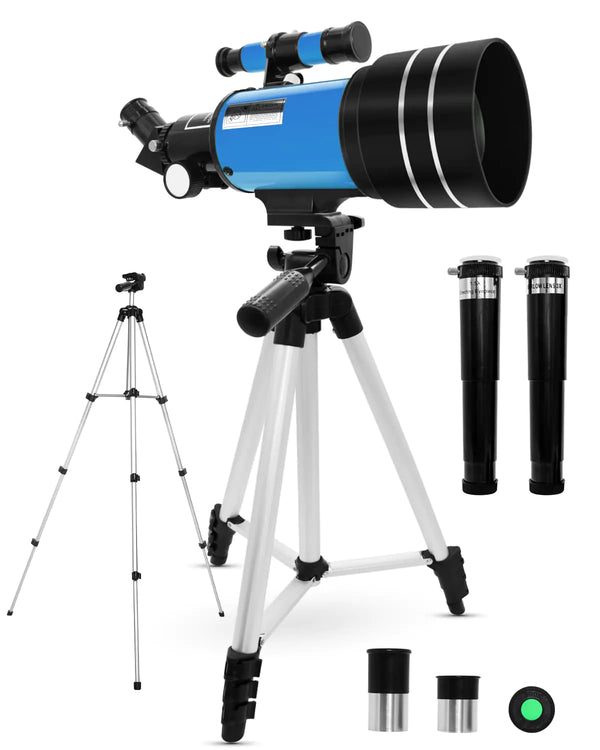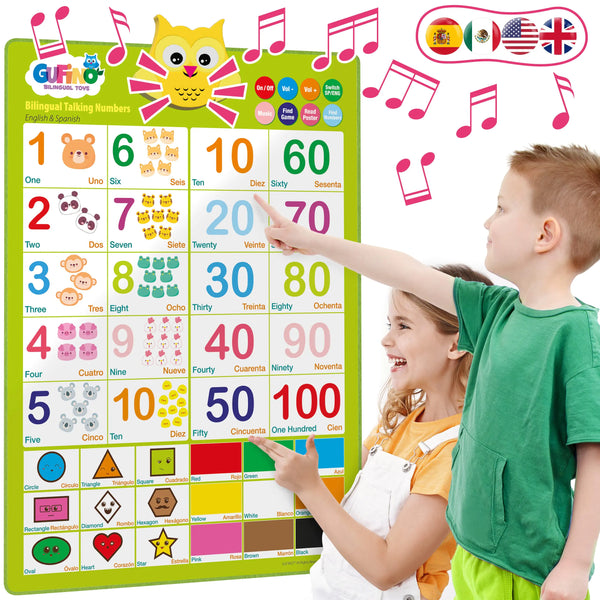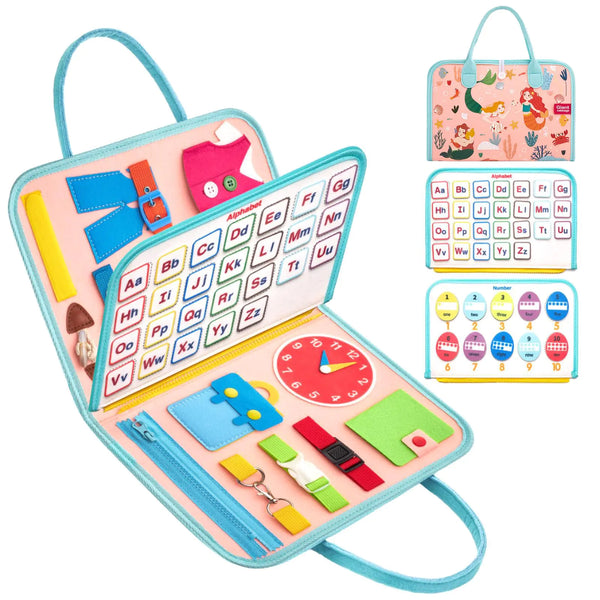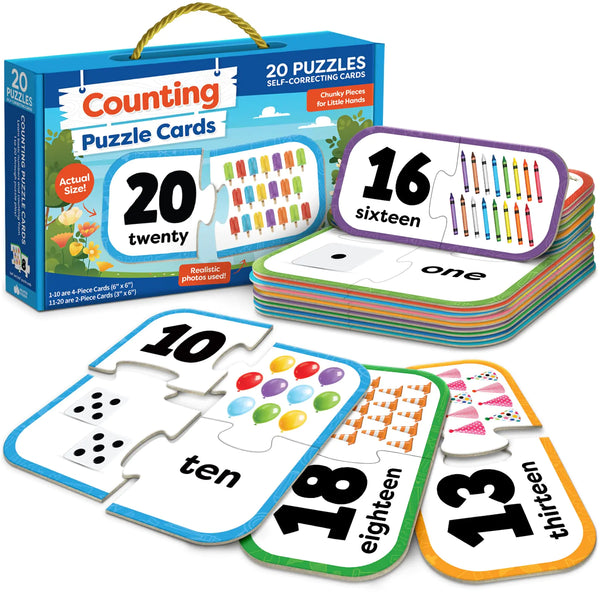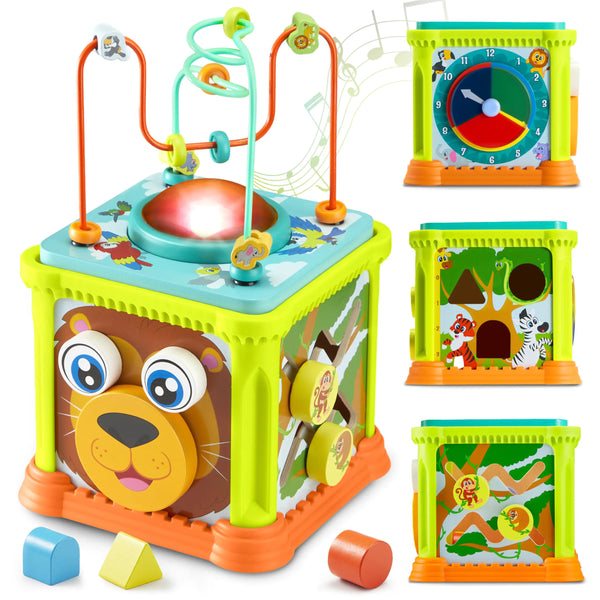The early years of childhood represent a critical window for creative development. During this time, children's brains are remarkably receptive to sensory experiences that shape their cognitive, emotional, and physical growth. The Montessori approach to education recognizes this unique period, emphasizing hands-on learning experiences that engage multiple senses simultaneously.
At the intersection of Montessori philosophy and musical exploration lies a powerful developmental tool: the Montessori drum set. Unlike conventional toys that often limit creativity with predetermined functions, these specially designed musical instruments invite open-ended exploration, allowing children to discover rhythm, sound, and self-expression at their own pace.
In this guide, we'll explore how these thoughtfully crafted instruments can become gateways to enhanced coordination, emotional regulation, and cognitive development – all while bringing joy and creative expression into your child's daily learning journey.
What Makes a Montessori Drum Set Special?

Montessori drum sets encourage independent exploration and sensory development
Traditional musical toys often overwhelm children with electronic sounds, flashing lights, and predetermined melodies. While entertaining, these features can limit a child's creative exploration and sensory development. Montessori drum sets take a fundamentally different approach, aligning with core Montessori principles of child-led learning and sensory engagement.
Key Characteristics of Montessori Musical Instruments
Natural Materials
Authentic Montessori drum sets are typically crafted from high-quality wood with minimal or non-toxic finishes. This natural approach provides varied tactile experiences and connects children to natural elements. The weight, texture, and warmth of wooden instruments offer rich sensory feedback that plastic alternatives simply cannot match.
Child-Proportioned Design
Every element of a Montessori drum set is sized appropriately for small hands. From the diameter of the drums to the length of mallets, these instruments respect a child's physical capabilities while gently challenging their developing coordination. This thoughtful sizing encourages independent play without frustration.
Multi-Sensory Experience
A well-designed Montessori drum set engages multiple senses simultaneously. Children see the instruments, feel their textures, hear the distinct sounds each component makes, and experience the cause-and-effect relationship between their actions and the resulting sounds. This multi-sensory approach creates deeper neural connections than single-sense activities.
Open-Ended Play Potential
Unlike electronic toys that dictate how they should be used, Montessori drum sets invite exploration. There's no "right way" to play – children might use mallets conventionally, explore hand drumming, or even incorporate the instruments into imaginative play scenarios. This open-endedness nurtures creativity and problem-solving.
Ready to Explore Montessori Musical Instruments?
Discover our carefully curated collection of authentic Montessori drum sets designed to support your child's natural development through joyful musical exploration.
Browse Montessori InstrumentsDevelopmental Benefits of Montessori Drum Sets

Montessori drum sets foster both individual skills and social interaction
Physical Development
Fine Motor Skills
When a child grasps a mallet and aims for a specific drum or xylophone key, they're refining precise hand movements. The varied techniques required to play different percussion instruments – from the controlled tap of a xylophone to the steady beat of a drum – exercise different muscle groups in the hands, wrists, and arms.
Hand-Eye Coordination
Playing a drum set requires children to coordinate what they see with how they move their hands. As they aim for specific drums or attempt to create particular patterns, they're building neural pathways that connect visual processing with motor control – a fundamental skill that supports everything from writing to sports.
Cognitive Growth
Pattern Recognition
Rhythm is fundamentally about patterns. As children experiment with creating beats and sequences on their Montessori drum set, they're developing the ability to recognize, remember, and create patterns – a cognitive skill that forms the foundation for mathematical thinking and reading readiness.
Cause and Effect Understanding
Each interaction with a drum or percussion instrument provides immediate feedback – hit the drum softly, hear a gentle sound; strike it firmly, produce a louder sound. This consistent cause-and-effect relationship helps children understand how their actions influence their environment, building early scientific thinking.
Emotional and Social Development

Musical expression helps children process and communicate emotions
Emotional Regulation
Music provides a powerful outlet for emotional expression. A child feeling energetic might play a fast, loud rhythm, while a more contemplative mood might inspire gentler exploration. This physical expression of internal states helps children recognize and process their emotions – a key component of emotional intelligence.
Collaborative Play
While Montessori drum sets support independent exploration, they also create wonderful opportunities for social interaction. When children play together, they practice turn-taking, listening, and coordinating their actions with others. These musical "conversations" build communication skills and social awareness.
"Music is a moral law. It gives soul to the universe, wings to the mind, flight to the imagination, and charm and gaiety to life and to everything." - Plato
How to Choose the Right Montessori Drum Set

Quality Montessori drum sets vary in features but share core principles of natural materials and thoughtful design
Selecting the ideal Montessori drum set requires consideration of several key factors to ensure it meets both your child's developmental needs and Montessori principles. Here's what to look for:
Essential Selection Criteria

Quality craftsmanship ensures both safety and longevity in Montessori instruments
Components to Consider
Drums
Look for drums with natural skin or high-quality synthetic heads that produce warm, resonant tones. Different sized drums provide varied pitches, enriching the auditory experience. Check that drums are securely attached to their bases for stability during play.
Xylophones
If the set includes a xylophone, ensure the bars are properly tuned and securely mounted. Rainbow-colored keys can add visual interest while helping children distinguish between notes. Metal keys generally produce clearer tones than wooden ones.
Cymbals and Bells
These add timbral variety to the set. Check that they're sized appropriately for small hands and securely attached. The sounds should be pleasant rather than harsh or tinny, encouraging rather than discouraging continued exploration.
Mallets
Quality mallets make a significant difference in playability. Look for mallets with comfortable grips sized for small hands. Sets should include at least two mallets to allow for different playing techniques and collaborative play.
Find the Perfect Montessori Drum Set
Our collection features carefully selected Montessori musical instruments that meet the highest standards for quality, safety, and developmental appropriateness.
Shop Quality InstrumentsParent Tips for Maximizing Musical Learning

Supportive presence without interference allows children to develop confidence in their musical exploration
The Montessori approach emphasizes allowing children to explore independently, but thoughtful adult facilitation can enrich the experience without taking over. Here are strategies to support your child's musical journey:
Creating an Enriching Musical Environment
Dedicated Space
Create a designated music area where the drum set is consistently available. This space should have enough room for movement and be somewhat separated from quieter activities. A small rug can define the space and also dampen sound slightly for indoor play.
Complementary Resources
Enrich the musical environment with picture books about music, recordings of diverse musical styles, and perhaps other simple instruments like shakers or bells that complement the drum set. This creates a more comprehensive musical experience.
Engaging Activities Without Directing

Child-led exploration leads to deeper engagement and learning
Balancing Freedom and Guidance
Observation Before Intervention
When your child is exploring their drum set, practice observing without immediately jumping in to show "how it's done." Notice what interests them, what challenges them, and how they problem-solve. This information guides when and how you might offer support.
Modeling Without Requiring
Occasionally model different ways to use the instruments without expecting imitation. Your child might notice and incorporate your techniques into their play, but allow this to happen naturally rather than through instruction.
Remember: In Montessori philosophy, process matters more than product. There's no "right way" to play a drum set, and unstructured exploration builds creativity and confidence. Resist the urge to correct or direct unless safety is concerned.
Frequently Asked Questions About Montessori Drum Sets

Montessori drum sets accommodate various ages and play styles
Aren't drum sets too noisy for home use?
Montessori drum sets are designed with home use in mind. Unlike full-sized drum kits, these child-sized instruments produce pleasant, manageable sound levels. Many sets include different percussion elements that offer quieter alternatives to drums, such as soft-toned xylophones. You can also establish "musical play times" during appropriate hours and designate a specific area for musical exploration to manage sound concerns.
At what age should I introduce a Montessori drum set?
Simple percussion instruments can be introduced as early as 10-12 months, when babies can sit independently and have developed the ability to grasp and bang objects together. Start with a single drum and appropriate mallet. More complex sets with multiple elements are typically suitable from around 18 months to 2 years, when toddlers have developed greater coordination and cognitive abilities to explore cause and effect relationships.
How do Montessori drum sets differ from regular toy drums?
Montessori drum sets differ in several key ways: they use natural materials like wood rather than plastic; they produce authentic rather than electronic sounds; they avoid batteries, flashing lights, and pre-recorded music; they're designed for open-ended exploration rather than limited, predetermined functions; and they're sized and weighted appropriately for developing hands and coordination. These differences align with Montessori principles of natural materials, reality-based experiences, and child-led learning.
Do children need musical instruction to benefit from these instruments?
No formal instruction is necessary for young children to benefit from Montessori drum sets. The Montessori approach emphasizes self-directed discovery, allowing children to explore sounds, rhythms, and musical concepts at their own pace. The developmental benefits—including fine motor skills, coordination, and cognitive growth—come naturally through play. As children grow older (typically 5+), those showing sustained interest might benefit from some basic guidance, but early experiences should remain exploratory and child-led.
Conclusion: The Lasting Value of Musical Exploration

The deep engagement fostered by quality Montessori instruments creates lasting neural connections
The journey of musical exploration with a Montessori drum set extends far beyond simple play. When children engage with these thoughtfully designed instruments, they're developing neural pathways that will serve them throughout life – pathways that connect physical movement, auditory processing, emotional expression, and creative thinking.
Unlike many toys that quickly lose their appeal, quality Montessori musical instruments tend to remain engaging over years as children discover new ways to use them and incorporate them into increasingly complex play scenarios. The open-ended nature of these instruments means they evolve alongside your child's developing capabilities and interests.
Perhaps most importantly, early positive experiences with music create a foundation for lifelong musical appreciation and expression. Whether or not your child pursues formal musical training later, the joy of rhythmic exploration and the confidence gained through self-directed musical play are gifts that remain accessible throughout life.
By providing your child with a quality Montessori drum set and the freedom to explore it in their own way, you're not just offering a toy – you're opening a door to creative expression, cognitive development, and sensory joy that can shape their relationship with music for years to come.
Begin Your Child's Musical Journey Today
Explore our collection of premium Montessori musical instruments designed to spark creativity and support holistic development through joyful play.
Discover the Perfect Montessori Drum Set

